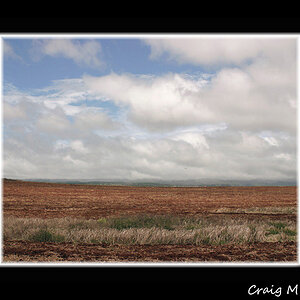Kerbouchard
TPF Noob!
- Joined
- Apr 1, 2010
- Messages
- 2,697
- Reaction score
- 575
- Location
- DFW
- Can others edit my Photos
- Photos OK to edit
I see that the primes are often high quality, but how do zooms and tele-zooms compare? I am mostly looking for a walk around lens with a fixed f-stop.
It depends on the lens. The problem Sigma, Tokina, and Tamron run into in their lenses is sample variation. You could have two separate owners, one pleased as punch and one cussing every time they take it out of the bag.
The variations from lens to lens seem to be higher in the third party brands. Personally, if I was going to pick up a Sigma zoom, I wouldn't do it online. I would take my laptop, my camera, and a memory card up to a camera shop and test lenses until I found the one that works best with my camera body. It might be the first, or it might be the sixth.













![[No title]](/data/xfmg/thumbnail/31/31012-f5e0c7cdea2f2c3e44737e3f61c2461a.jpg?1619734567)
![[No title]](/data/xfmg/thumbnail/37/37538-d4704bfd4f0e4b1941649d81ff8edf2c.jpg?1619738133)
![[No title]](/data/xfmg/thumbnail/37/37521-5e19cc15e190997d963ed09c3c13ca9c.jpg?1619738129)